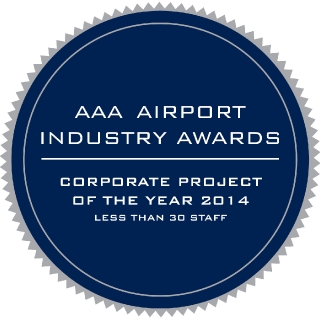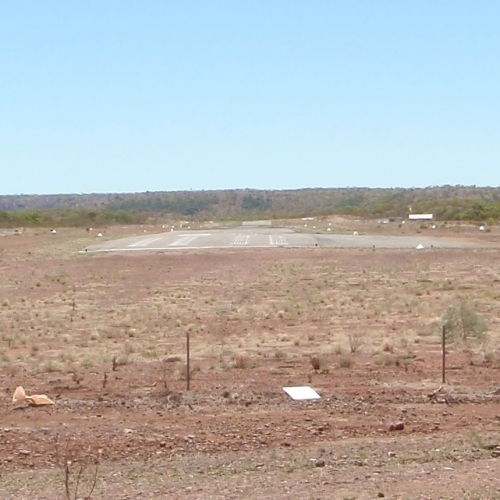The subject aerodrome had previously been certified and supported FIFO charter services by a large turbo prop aircraft, until the certificate was cancelled due to the mine reducing operational activities to care and maintenance.
After that, the aerodrome operated as an aircraft landing area (ALA).
Without the FIFO charter operations, to get to the mine, personnel flew from their domicile and then drove approximately 1.5 hours along a mostly four wheel drive only track. This transport arrangement represented a significant safety hazard and the mine operator sought to urgently re-commence FIFO operations to the aerodrome as a safety risk treatment.
The mine operator applied for an aerodrome certificate to again permit fly-in fly-out charter operations.
During a compliance audit of the aerodrome, it was found that the transverse gradients of the runway and runway strip exceeded the requirements set out in Manual of Standards (MOS) Part 139 – Aerodromes. It was also noted that the taxiway and a section of the sealed part of the runway exceeded longitudinal slope requirements.
The runway strip was filled and regraded so that it met the transverse slope requirements.
Only a small section of the runway exceeded the longitudinal and transverse slope requirements.
For the aerodrome to be issued an aerodrome certificate, those remaining non-conformances required rectification or an exemption from the standards set out in MOS 139.
An engineering solution would have cost in the order of $5 million.
The large turbo prop aircraft technically required a 30 m wide runway, but the operator was permitted to operate on runways with a width not less than 18 m.
An exemption was therefore also required from MOS 139 runway width requirements.
Exemptions were sought in accordance with the provisions of CASR Part 11, for a reasonable period of time (three years mine life), at which time the mine operator committed to downgrading the aerodrome or rectifying the non-conformances so that the aerodrome certificate could be maintained.
Aviation Projects was asked to assess the risks associated with the intended operation on the runway and taxiway in their current state, and identify what, if any, risk treatments would be required to maintain an acceptable level of safety until the non-conforming slopes could be rectified.
The resulting safey case found that there would be an acceptable level of safety associated with the proposed exemptions, provided that a number of risk treatments were implemented.
The exemptions were subsequently approved and an aerodrome certificate was issued.

